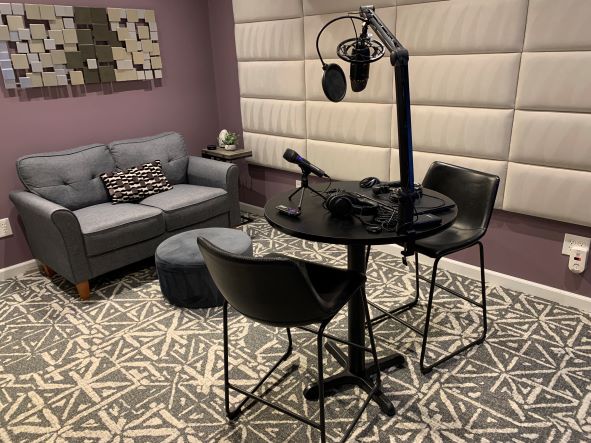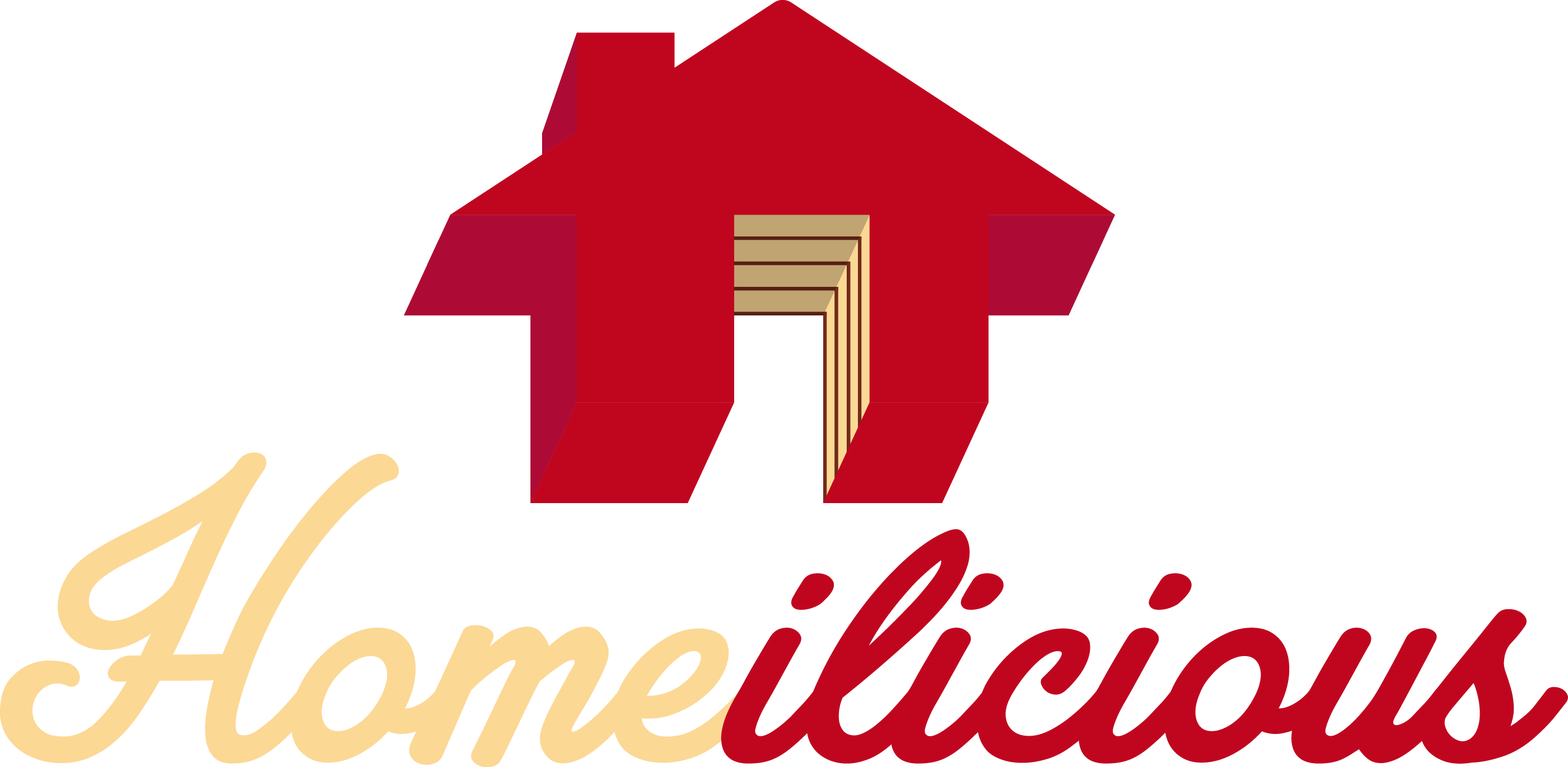The pandemic podcast studio: converting a basement corner into a recording space
The pandemic podcast studio: converting a basement corner into a recording space
The coronavirus pandemic brought about changes in people’s habits and their habitats as they adapted to a new normal. Not only did we work and school from home, but we also sought new pastimes, ways to connect with each other and new sources of information and entertainment.
During the pandemic, the number of podcasters and listeners grew to an all-time high. As of November 2021, podcasthosting.org says there are more than 2,000,000 podcasts with more than 104 million monthly podcast listeners in the US. With this boom came the trend of the home podcast studio.
Build it, and they will listen
A home-based recording room can be simple – say a few sound-proofing foam tiles glued onto walls. It can also be an inspiring, creative, multi-purpose place that makes you feel excited about being shut into a confined, windowless room to conversate with an audience in the ether, and that’s what I built in my basement.
The unfinished basement of my home had become a catch-all storage area for junk. After several runs to Salvation Army, I cleared out the area, and with the help of my neighbor, friend and hobbyist carpenter extraordinaire, Craig Smith, I began framing out the studio.

Sounding boards
Across the largest, longest wall, we installed sound-absorbing Vant wall panels. These stylish upholstered panels are easy to install on a track that we measured and cut for a custom fit of five panels in height and four panels across. The panels not only significantly reduced echo in the room but served as an aesthetic backdrop for videotaping. We lit the room with small spotlights, cleverly shaped like min-Fresnel lamps, from Lowes.

Color me chic
We painted the walls with a plum shade of Sherwin-Williams top-of-the line Emerald Interior Acrylic Latex paint, appropriately called Soulmate (SW 6270), for a chic and modern look. Because the room was small, measuring approximately 10’ x 13’, we used ProMAr Ceiling Bright White (SW 7007) above, to create the effect of a higher overhead space, except for the boxes we built to cover the air ducts, which we painted to match the walls. To seal out moisture from the unfinished concrete floor, we applied Sher-Crete Flexible Waterproofer.


Next step: get floored
While I loved the look of polished concrete, it is not ideal for sound dampening, so we covered the floor with FLOR rug tiles, cut to fit like wall-to-wall carpeting. The handy thing about these tiles is that they can be applied to any surface, and when – not if – someone spills coffee, you can replace just the stained tiles. We chose a contemporary dark grey and white pattern that complemented the wall color and Vant panels.
Budget décor
Most furnishings and décor came from HomeGoods and its sister store TJ Maxx, such as the faux leather mid-century modern stools, artificial plants, salt lamp, end-table (with a built-in USB charging port), decorative pillows, knick-knacks for the bookshelf, which was from Amazon. The round table, custom cut to counter height was from Wayfair, as was the sofa, ottoman and artwork.

Essential AV
Now, for the most crucial part of the studio: the electronics. A host mic is the most important item, so I researched the best option for my needs, which was a Blue Yeti X ($139) multi-pattern USB mic that came with Blue Voice software. I envisioned my initial podcasts as call-in interviews, but post-pandemic I planned on having in-studio guests, so I added an Audio-Technical streaming/podcasting kit (AT2005USBPK, $129), which includes a USB AT2005USB cardioid mic – with both USB and XLR connections, ATHM20x headphones and boom arm.

Because the most successful podcasts are not just heard but seen, I wanted a changeable backdrop in the form of a digital image for videotaping. To accomplish this, we mounted a TCL – 55” Class 5 Series 4K UHD Smart Roku TV – controlled remotely by voice using Amazon Alexa and Google Assistant and featuring private listening through the Roku app. As we intended the studio to be a multi-use space, the TV transformed the room into an intimate viewing lounge.
Stand-up studio
Finally, all put together, the new studio was a quiet, visually appealing and imaginative space. All elements, selected for form and function, created an inviting environment that was suitable for podcasting from both an audio and visual perspective, ideal for ideating in a feng shui space surrounded by calming colors and textures, and ready for recreation and unwinding.

